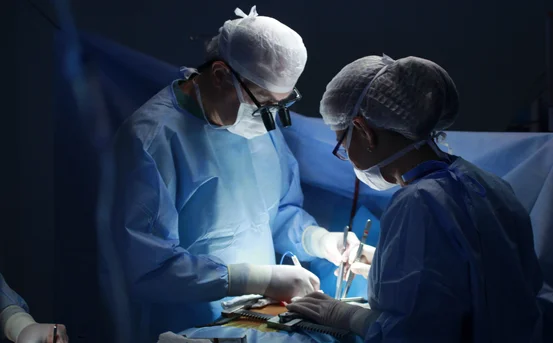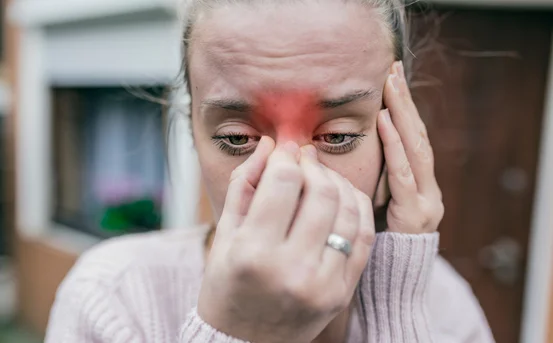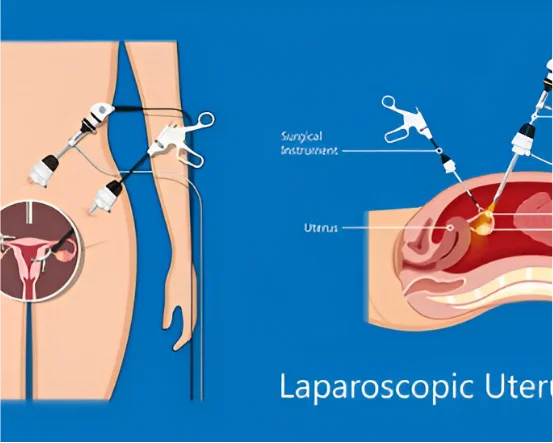The global outbreak of COVID-19 brought about an urgent need for fast, accurate, and accessible diagnostic tools. Early diagnosis is not only essential for individual patient management but also plays a critical role in controlling the spread of the virus in communities. From molecular testing to imaging methods, the landscape diagnosis of covid-19 has evolved significantly since the initial wave in 2019.
Understanding the Basics of COVID-19 Diagnosis
COVID-19, caused by the SARS-CoV-2 virus, primarily spreads through respiratory droplets, close contact, and contaminated surfaces. Because symptoms can vary from mild to severe and sometimes be entirely absent it becomes necessary to use diagnostic tests to confirm an infection.
The diagnosis of COVID-19 typically involves:
-
Laboratory-based testing (e.g., RT-PCR)
-
Rapid antigen tests
-
Antibody testing (for past infection)
-
Radiological imaging (in complex or hospitalized cases)
Let’s explore each diagnostic tool in detail.
RT-PCR Testing (Reverse Transcription Polymerase Chain Reaction)
RT-PCR is considered the gold standard for diagnosing active COVID-19 infection. It detects the genetic material (RNA) of the SARS-CoV-2 virus from a sample, usually collected via nasal or throat swab.
How It Works:
-
A swab is taken from the upper respiratory tract.
-
Viral RNA is extracted and converted into DNA.
-
The DNA is amplified using PCR to detect the presence of the virus.
Advantages:
-
High sensitivity and specificity
-
Can detect the virus even in low quantities
Limitations:
-
Requires specialized lab equipment and trained personnel
-
Results typically take 6–48 hours depending on the facility
-
May produce false negatives if the sample is not collected properly or during early/late stages of infection
Rapid Antigen Tests
Antigen tests detect specific proteins from the virus. These tests are generally faster and more accessible than RT-PCR, making them suitable for point-of-care or home testing.
How It Works:
-
Similar to RT-PCR, a swab is used to collect a respiratory sample.
-
The sample is applied to a test strip that gives results in 15–30 minutes.
Advantages:
-
Quick results
-
Easy to administer
-
Useful in mass screening (airports, schools, workplaces)
Limitations:
-
Lower sensitivity than RT-PCR
-
Higher chance of false negatives, especially in asymptomatic or early infections
-
Negative results may need confirmation with RT-PCR
Antibody Testing (Serology Tests)
Antibody tests detect the body’s immune response to the virus, not the virus itself. This type of test is not used to diagnose active infection, but rather to determine whether someone was previously exposed to SARS-CoV-2.
How It Works:
-
A blood sample is taken to detect antibodies (IgG or IgM) against the virus.
-
Usually done weeks after symptom onset or exposure.
Advantages:
-
Helps in understanding population-level exposure
-
Useful in post-infection studies and vaccine response monitoring
Limitations:
-
Cannot detect current infection
-
Antibody levels may decline over time
-
Not effective for early diagnosis
Chest Imaging (CT Scan and X-rays)
In moderate to severe cases, imaging studies like chest CT scans or X-rays can be used to evaluate lung involvement and complications. While these methods do not confirm the presence of the virus, they help assess disease severity and progression.
When Used:
-
For hospitalized or critically ill patients
-
When respiratory symptoms are worsening
-
When PCR or antigen testing is unavailable or delayed
Imaging Findings in COVID-19:
-
Ground-glass opacities
-
Bilateral infiltrates
-
Patchy lung involvement
Home Testing Kits
With the increasing demand for convenient options, home testing kits have gained popularity. These kits usually include rapid antigen tests and are authorized for emergency use in many countries.
Pros:
-
Privacy and convenience
-
Fast results for personal or family use
-
Useful for repeat testing
Cons:
-
User error can affect accuracy
-
Less reliable than lab-based RT-PCR tests
-
May still require confirmation by a healthcare provider
Importance of Timely Diagnosis
- Controlling the Spread :- Early identification of infected individuals allows for quick isolation, which reduces community transmission, especially in high-risk areas like hospitals, schools, and public gatherings.
- Guiding Treatment Decisions :- COVID-19 can range from mild to life-threatening. Accurate diagnosis enables doctors to tailor treatments, including antivirals, steroids, and oxygen support, depending on the disease stage.
- Protecting High-Risk Groups :- The elderly, immunocompromised, and those with chronic illnesses are more vulnerable. Detecting infection early helps in closely monitoring and preventing complications in these groups.
- Data for Public Health Response :- Widespread testing contributes to national and global health databases. This helps track variants, infection rates, vaccine effectiveness, and plan strategies like lockdowns or resource allocation.
Challenges in COVID-19 Diagnosis
Despite advancements, there are still hurdles in achieving 100% diagnostic accuracy.
-
False negatives due to improper sample collection or timing of the test
-
Variants may reduce test sensitivity in some cases
-
Limited access to tests in rural or under-resourced areas
-
Public hesitancy or lack of awareness
Best Practices for COVID-19 Testing
To ensure reliable diagnosis:
-
Follow testing guidelines recommended by national health authorities
-
Get tested if you have symptoms, known exposure, or before travel or medical procedures
-
Repeat testing if symptoms persist despite a negative result
-
Use certified labs or FDA/ICMR-approved home kits
-
Always report positive results and follow isolation protocols
Conclusion
Accurate and timely diagnosis remains one of the most powerful tools in combating COVID-19. Whether it’s RT-PCR, antigen tests, or imaging support, each diagnostic method serves a unique purpose in the broader context of pandemic management. As testing technologies continue to evolve, so does our ability to detect and control outbreaks more efficiently.
For individuals, understanding when and how to get tested is key to protecting themselves and others. For health systems, diagnostics serve as the foundation for treatment, tracing, and public health strategy. In the ongoing battle against COVID-19 and potential future variants, testing remains not just a tool but a necessity.























